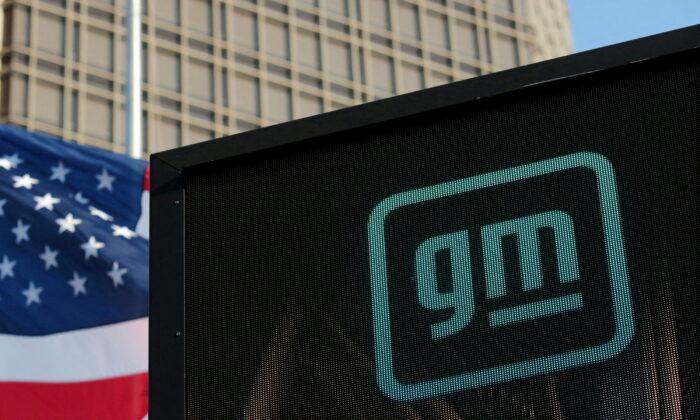General Motors and Ford Motor have asked U.S. auto safety regulators to grant exemptions to deploy a limited number of self-driving vehicles without human controls like steering wheels and brake pedals.
The National Highway Traffic Safety Administration (NHTSA) on Wednesday published the separate petitions and opened them for public comment for 30 days.
NHTSA has authority to grant petitions to allow a limited number of vehicles to operate on U.S. roads without required human controls. Both automakers want to deploy up to 2,500 vehicles a year, the maximum allowed under the law, for ride sharing and delivery services. Neither seek approval to sell self-driving vehicles to consumers.
GM and its self-driving technology unit Cruise in February disclosed they petitioned NHTSA for permission to deploy self-driving vehicles without steering wheels, mirrors, turn signals or windshield wipers.
Ford’s petition, submitted in July 2021, was previously undisclosed until NHTSA’s publication Wednesday.
Ford has said it intended to deploy a self-driving ride hailing and package delivery vehicle early in this decade. The automaker told NHTSA for its self-driving vehicles “having active driving controls and communications would introduce an unacceptable risk to safety.”
GM wants to deploy the Origin, a vehicle with subway-like doors and no steering wheels. GM says the vehicles will require all passengers to buckle seat belts prior to the start of their autonomous ride.
In 2018, GM petitioned NHTSA to allow a car built on a Chevrolet Bolt without steering wheels or brake pedals on U.S. roads. In late 2020, GM withdrew the petition.
GM said Wednesday it continues to work with NHTSA “as their review continues and remain eager in seeing the fully autonomous Cruise Origin on the road in the years to come.”
Ford wants to deploy self-driving hybrid-electric vehicles “specifically designed and tailored to support mobility services such as ride sharing, ride hailing and package delivery.”
A Ford spokesperson said the “petition is an important step toward helping create a regulatory path that allows autonomous technologies to mature over time, eliminating controls and displays that are only useful to human drivers.”
NHTSA Administrator Steven Cliff said the agency “will carefully examine each petition to ensure safety is prioritized and to include considerations of access for people with disabilities, equity and the environment.”





